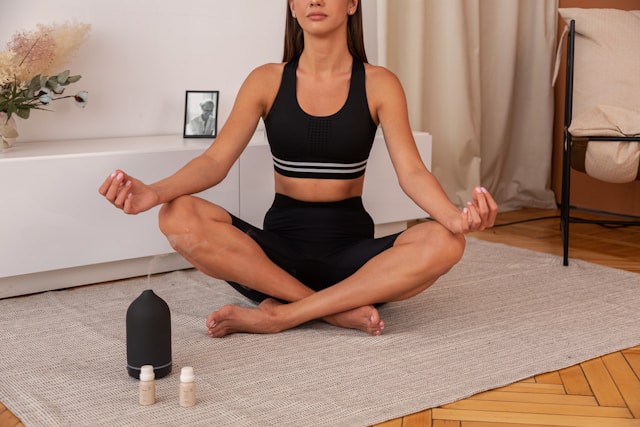Yoga is a deeply personal practice, but one thing is certain — the right gear can transform your experience. Whether you’re a beginner finding your balance or a seasoned practitioner working toward advanced poses, choosing the right equipment ensures comfort, safety, and better results.
This guide will walk you through how to choose each type of yoga gear for your unique needs.
1. Start with Your Practice Style
The yoga gear you choose should match the style of yoga you practice:
-
Hatha Yoga → Focuses on gentle poses; comfort and support matter more than grip.
-
Vinyasa or Power Yoga → Fast-paced and sweaty; you’ll need non-slip and moisture-wicking gear.
-
Restorative or Yin Yoga → Props for support and relaxation are key.
-
Hot Yoga → Quick-drying towels, non-slip mats, and breathable clothing are essential.
2. Choosing the Right Yoga Mat
Thickness:
-
4–6 mm → General use, good cushioning for joints.
-
2–3 mm → Lightweight, travel-friendly, but less cushion.
-
8–10 mm → Extra comfort for sensitive knees and restorative yoga.
Material:
-
PVC → Durable, affordable, but less eco-friendly.
-
Natural Rubber → Great grip, eco-friendly, but heavier.
-
Cork → Naturally antimicrobial and non-slip.
3. Selecting Yoga Blocks
-
Foam Blocks → Light, portable, beginner-friendly.
-
Cork Blocks → Stable, eco-friendly, good for advanced poses.
-
Wood Blocks → Heavy, very sturdy, but less comfortable.
Choose based on weight preference and firmness needs.
4. Finding the Right Yoga Strap
-
Length: 6–8 feet is ideal for most yogis.
-
Material: Cotton is soft and strong; nylon is durable but stiffer.
-
Buckle Type: Metal D-rings hold more securely than plastic.
5. Picking a Bolster
-
Round Bolsters → Great for heart openers and deep backbends.
-
Rectangular Bolsters → Best for seated forward folds and restorative poses.
-
Filling: Cotton for firmness; microbeads for softness.
6. Meditation Cushions
Choose height based on your hip flexibility:
-
Taller (6–8 inches) for tight hips.
-
Shorter (4–5 inches) for flexible hips.
7. Clothing & Accessories
-
Breathable Fabrics → Cotton blends, bamboo, or moisture-wicking synthetics.
-
Fit → Snug enough to stay in place, stretchy for freedom of movement.
-
Extras → Non-slip socks, headbands, and hair ties can improve focus.
8. Budget & Quality Considerations
While premium brands offer high-quality gear, many mid-range options work just as well. Always check:
-
Warranty or return policy.
-
Product reviews from other yogis.
-
Whether the company uses eco-friendly manufacturing.
Final Thoughts
The right yoga gear isn’t about following trends — it’s about matching your equipment to your body, goals, and style of practice. Invest in quality essentials, and your practice will feel smoother, safer, and more enjoyable.

